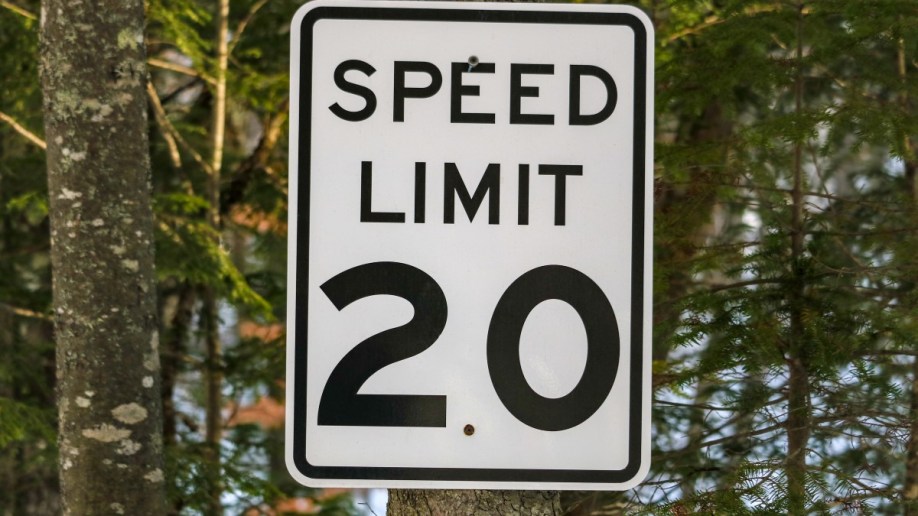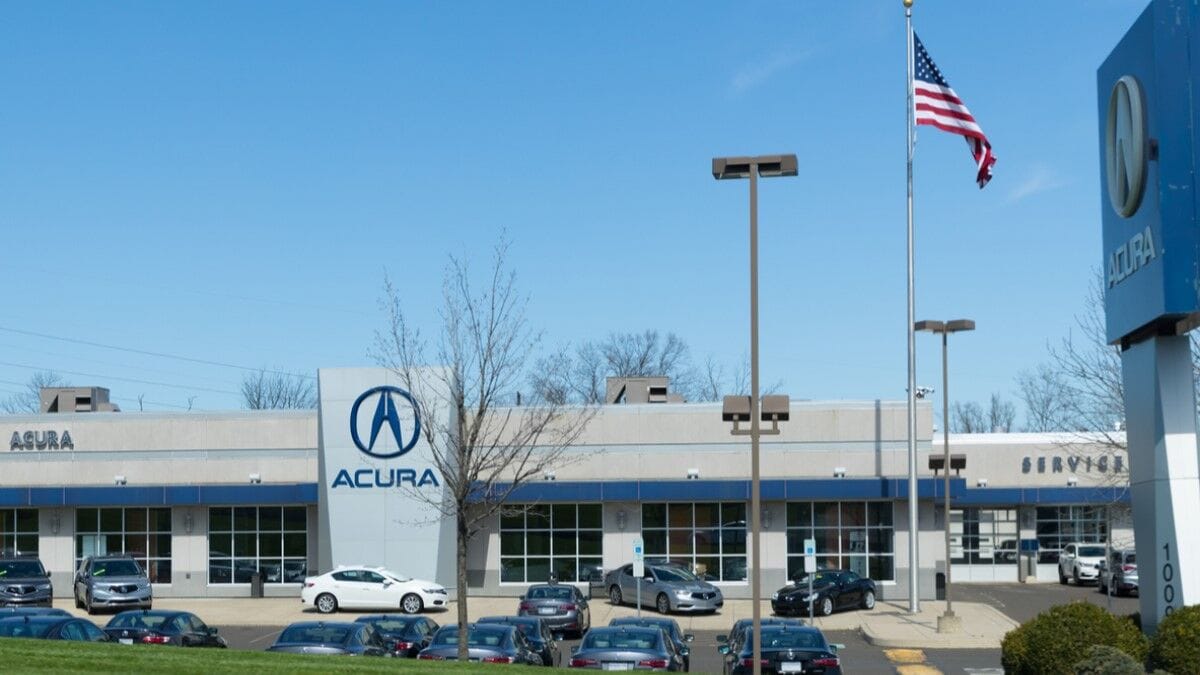
Nationwide, most speed limits in residential areas fall between 25 and 35 mph. In 2020, the city of Seattle, Washington, dropped most of its speed limits by 5 mph. Arterial roads in Seattle now have posted speed limits of 25 mph; 20 mph in residential areas.
Related: Safety Officials Want Cars That Can’t Speed
“In downtown Seattle, lowering default speed limits reduced the likelihood that a crash would involve an injury by a fifth on arterial roads,” says the Insurance Institute for Highway Safety. “Outside of the city center, where the new limits were less consistently implemented and publicized, there were smaller injury reductions,” which were not statistically significant.
Car accidents cost Americans $340 billion each year, according to federal safety officials. Driving has been growing more dangerous nationwide in recent years. Federal safety officials say traffic deaths hit a 2-decade high in 2022.
Researchers “looked at the proportion of crashes involving fatal, serious, or evident injuries, comparing the before-and-after injury rates with three control cities in Washington” that didn’t change their speed limits.
They found that, since 2020, the proportion of crashes that led to injuries dropped in Seattle and increased everywhere else.
“Everybody thinks of highways when we talk about speed limits, but reducing speeds on city thoroughfares and residential streets is just as important,” said IIHS President David Harkey. “Nationwide, nearly a third of crash deaths occurred on urban arterials in 2020.”







